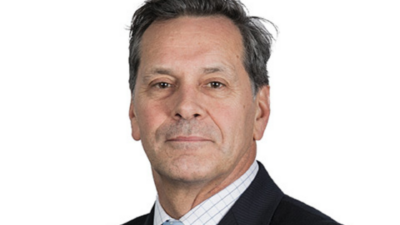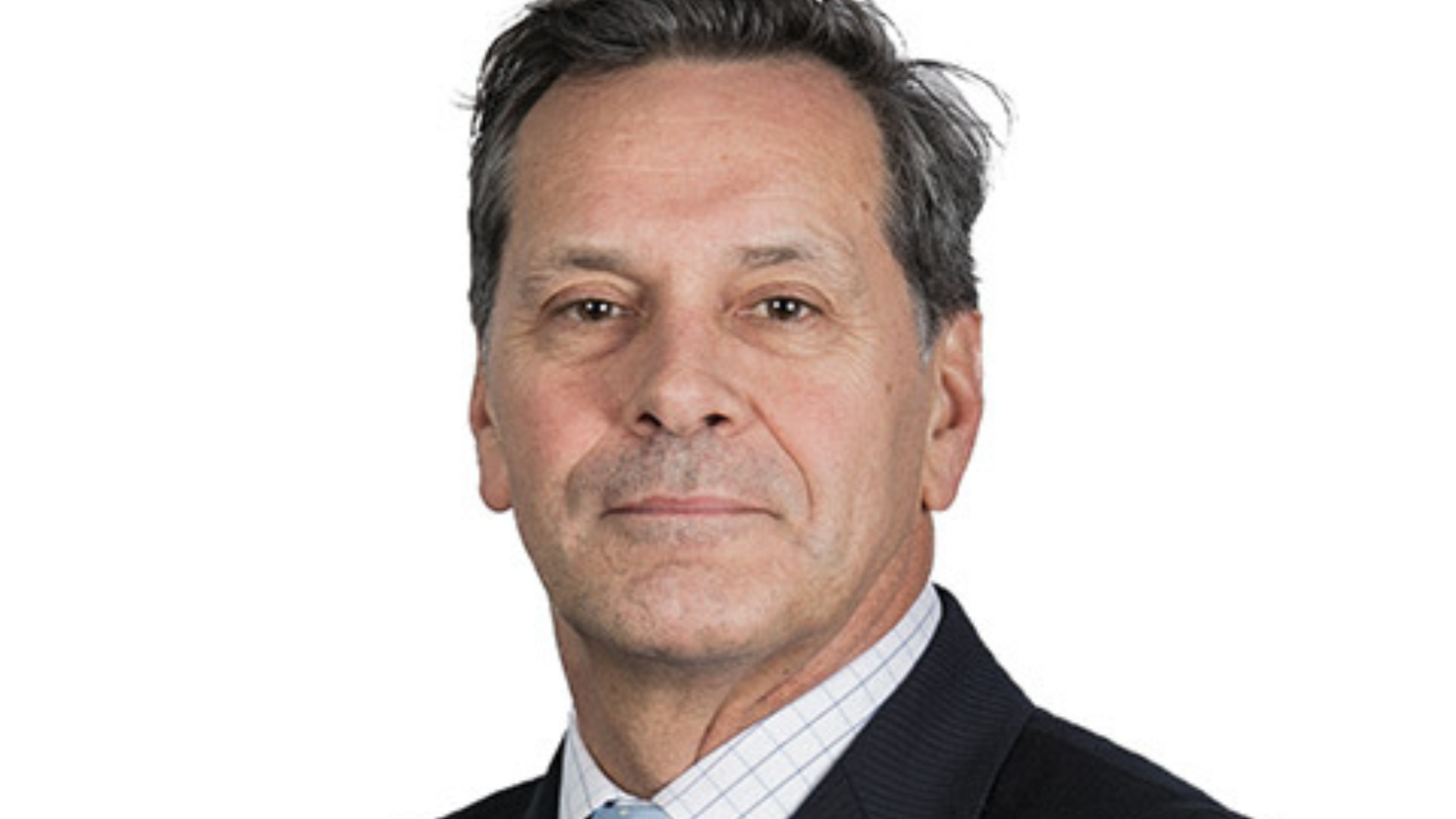Unreal returns: The public-private performance gap illusion
Private assets have seen a surge of investor interest in recent years on the back of perceived outperformance compared to traditional listed variants. But a study from PGIM’s Institutional Advisory and Solutions group found the gap between public and private asset class returns is more narrow than headline figures suggest.
“Based on reported cumulative returns, private assets – especially buyout funds – outperformed public assets by a wide margin from 2005 to 2021,” the PGIM report says. “However, this traditional performance comparison is misleading because reported performance of private assets does not reflect the real-world performance experienced by CIOs.”
For instance, buyout funds report annualised returns of 16.6 per cent over the 2005-2021 period covered by the analysis, comfortably beating the US listed equities S&P 500 performance of just over 12 per cent.
Under the PGIM ‘fair comparison performance’ methodology, however, the return gap narrows to almost 13.6 per for buyout funds to more than 12.5 per cent for the S&P 500.The fair comparison measure takes into account the fact that investors can only make piecemeal allocations to private asset funds with no way to instantly access the entire market as per listed indices.
“In contrast, to make a portfolio allocation to a private asset class generally requires a more challenging investment strategy,” the study says. “A CIO’s private investment strategy allows investment in only a subset of available funds, not in the asset class as a whole – introducing both an element of idiosyncratic fund-selection risk & return in the investment strategy and a need to pace commitments to achieve fund vintage diversity that underlies the asset class’s reported returns.”
Investor returns can also be over-stated given most private asset funds include a time-lapse between commitment and calls (often in several tranches).
“Consequently, reported private asset class performance measures… (such as pooled internal rates of return) – which assume an investor’s allocation is always 100 per cent invested in a highly diversified set of funds – are misleading because they do not incorporate fund selection, commitment pacing and the performance of uncalled and uncommitted capital, which are all an integral part of a private investment strategy’s real-world performance,” the paper says.
The findings have implications for portfolio construction as both return and volatility assumptions for private assets vary considerably when using the fair comparison framework, according to report author, PGIM senior associate, Xiang Xu.
“When making asset allocation decisions, CIOs often consult historical reported asset class performance,” Xu says. “However, comparing private and public asset class reported performance can be misleading. Instead, CIOs should compare private and public real-world asset class performance at the investment strategy level.”











